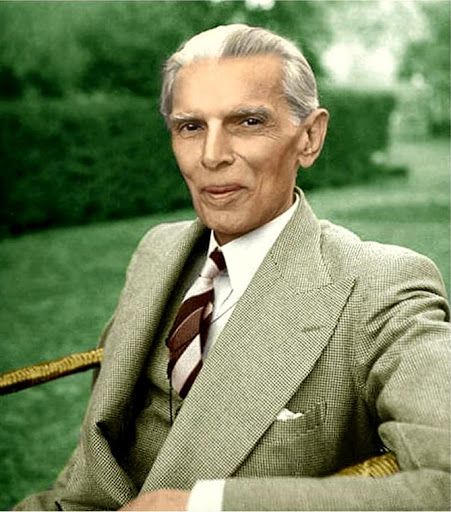There is one country that has militarily defeated the US — and that too on its own soil — stolen a march on both the US and USSR in space travel, severely dented American capitalists’ confidence in their own capability, and finally saved the Western world in the aftermath of the 1970s energy crisis. But the name of Grand Fenwick doesn’t occur in any history book, or show up in any atlas, unless it also maps Ruritania, Syldavia, Borduria, Oz or even Shangri-La.
For the minuscule duchy, located in the Alps between France and Switzerland, is only a literary creation, though now forgotten by all save some diligent aficionados of political satire — or of the gifted Peter Sellers, who starred in the first book’s film version.
Grand Fenwick’s creator was prolific and versatile Irish journalist-turned-author Leonard Patrick O’Connor Wibberley (1915-83) who used its spectacular exploits to satirise the Cold War, especially as manifested in the arms and space races (and the hysteria they could generate).
But Wibberley, who became a full-time author after a quarter-century as a journalist in London, Trinidad, New York and California, didn’t stop at this, but went on lampoon capitalism and the consumerism it spawned and thrived upon, and the greed of big business.
In this quintet, the most famous of his over 100 works, he also turned on the energy crisis that nearly brought the Western world to a grinding halt but was, in a way, self-inflicted by their governments’ politics, ingrained economic and social habits, and predatory business practices. And every time, Grand Fenwick proved the saviour.
In “The Mouse That Roared” (1955), we find the nearly six-century-old duchy, now ruled by 22-year-old Gloriana the XIIth, facing an existential crisis. Only five miles long and three miles wide, and running on a pre-industrial economy with wine and wool as its only exports, the country, so far self-sufficient, now faces the pressure of population growth, and the extra expense it involves.
A proposal to water its renowned Pinot Grand Fenwick to increase revenues leads to a deadlock in its parliament, the Council of Freemen, between the Dilutionists, led by working class leader David Benter, and the Anti-Dilutionists, by the aristocratic, old-world Count of Mountjoy. Mulling various ways to raise funds, they resolve on a unique measure, suggested by contrarian maverick Tully Bascomb — declaring war on the US.
But while the establishment aims to be defeated and then depend on US largesse for rehabilitation and development, things don’t go the way planned. Bascomb, who leads the expeditionary force of three men-at-arms and 20 archers to New York, returns undefeated with six prisoners — a US general, four New York policemen, and leading scientist Dr Kokintz and the only model of a devastating nuclear doomsday weapon he has designed. The US, which had so far ignored all declarations of war as pranks, has to concede defeat and the duchy is now the world’s foremost power.
“Beware of the Mouse” (1958) is a prequel about how the duchy was founded and preserved its independence against the French, while gently making fun of courtly love and knightly honour in the Middle Ages before Wibberley returns to the present with “The Mouse on the Moon” (1962).
Mountjoy, seeking a way to find Gloriana a sable coat she has requested and install modern plumbing in the castle, approaches the US for a $5 million grant for space research. The count, forced to spend the $50 million he has instead received for the purpose outlined and via a superfuel discovered by Dr Kokintz becomes instrumental in the duchy beating both the superpowers to the moon. He however forgets the coat.
“The Mouse on Wall Street” (1969) is how Gloriana’s futile attempts to squander the money the duchy is increasingly making, after a venture to distribute it among the people — lessons for populist politicians here — results in consequences other than anticipated. She hits on the stock market but sees returns multiply astronomically and a billion dollars accumulate. Finally, Mountjoy solves everything with a lit matchstick.
Coming over a decade later, “The Mouse that Saved the West” (1981) is a little darker. Time has moved on, the Duchess is now in her 40s and a widow (we never learn the circumstances of how Bascomb, whom she had married at the end of the first book, dies), and the duchy is also hit by the energy crisis hitting the West. How Mountjoy and a sharp, well-connected American businessman conspire to solve the issue but nature plays a further trick on them is the thrust.
The ‘Mouse’ series, as they came to be known, were written over a quarter of a century between the mid-1950s to the start of the 1980s but haven’t dated at all — have we put issues like superpower rivalry, nuclear weapons, space exploration, and the growing need of cheap, plentiful and reliable energy sources behind us?
Now easily available as e-books, they not only enchant with their humour but still have lessons to teach us.
(Vikas Datta is an Associate Editor at IANS. The views expressed are personal. He can be contacted at vikas.d@ians.in )






0 Comments